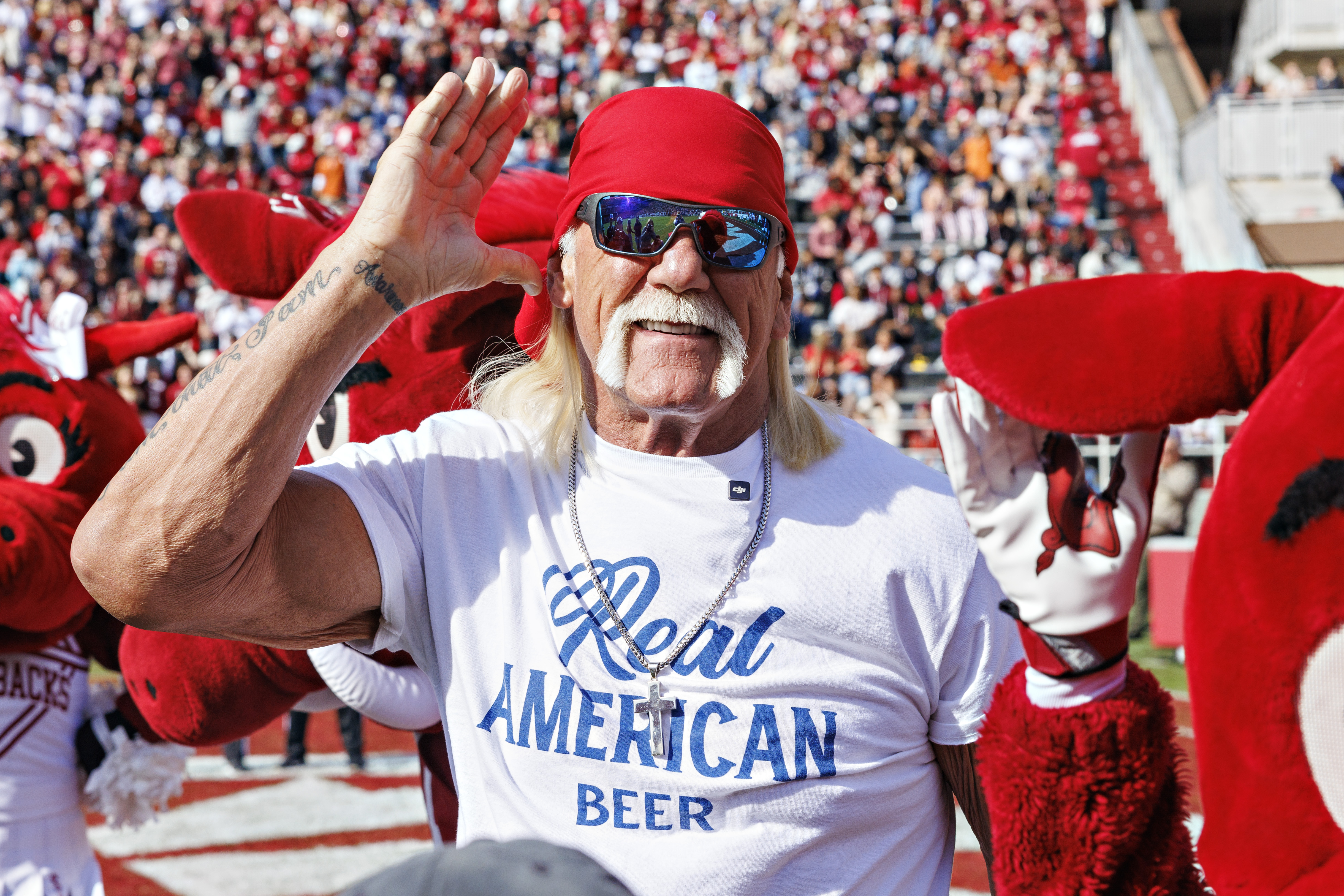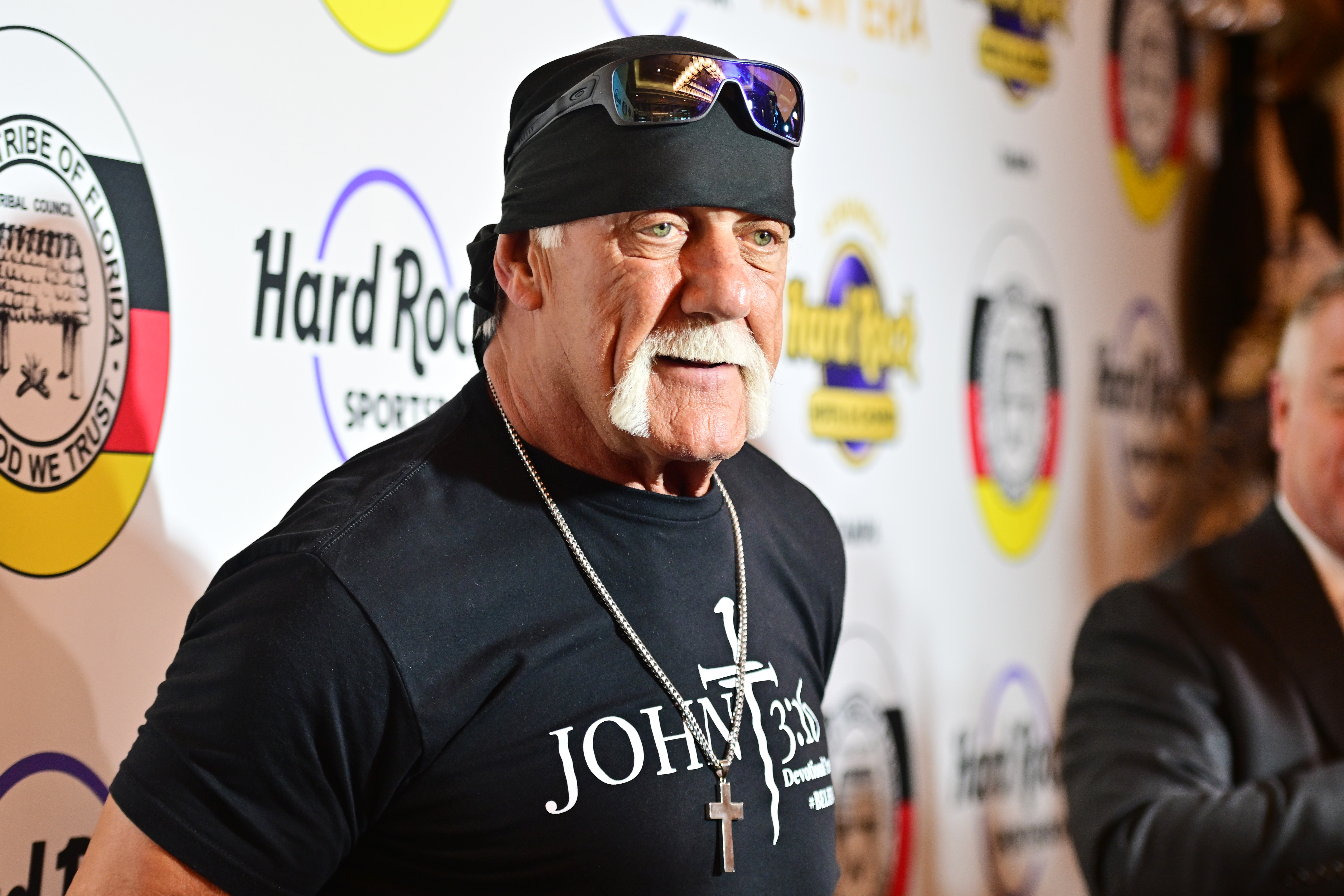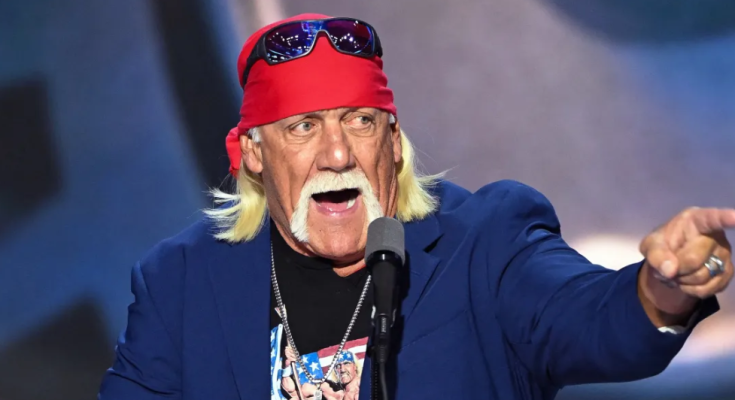Hulk Hogan, one of the most iconic figures in the world of professional wrestling, is best known for his catchphrase “Whatcha gonna do when Hulkamania runs wild on you?” and his larger-than-life persona that made him a household name. But behind the scenes of his multi-decade career, the toll that wrestling took on his body is more severe than most fans realize. While Hogan is still alive as of 2021, his health struggles have been a significant part of his later years, and his story serves as a cautionary tale about the physical demands of professional wrestling.
Early Years and the Birth of Hulkamania
Born Terry Gene Bollea on August 11, 1953, in Augusta, Georgia, Hulk Hogan’s rise to superstardom began in the late 1970s and reached its peak in the 1980s. Hogan was the face of the World Wrestling Federation (WWF, now WWE) during its golden era, becoming a symbol of strength, charisma, and patriotism. His persona transcended the world of wrestling, making him one of the most recognizable athletes in the world, even crossing over into Hollywood with roles in movies like Rocky III and The Secret Agent Club.
However, with his fame came an incredibly physically demanding lifestyle. Wrestling is known for its scripted but extremely taxing matches, where athletes perform high-impact moves, endure body slams, and take risks that can lead to serious injuries. For Hulk Hogan, the combination of these physical demands, the sheer number of matches, and his larger-than-life persona would have long-lasting consequences on his body.
Health Struggles and Injuries
As Hogan grew older, the accumulated wear and tear from his wrestling career began to take its toll. In interviews and documentaries, Hogan has opened up about a variety of health issues he has faced over the years, ranging from joint pain to more severe injuries requiring surgeries.
Perhaps the most well-known of his struggles has been his back problems. Throughout his career, Hogan reportedly underwent several back surgeries due to the severe damage sustained from years of taking high-impact bumps and performing moves that put extreme strain on his spine. By the early 2000s, it was clear that Hogan’s body was no longer able to withstand the demands of the wrestling ring. In 2009, he underwent a major back surgery to address the chronic pain that had plagued him for years.
But back pain wasn’t his only concern. Hogan’s knees, which had also been subjected to decades of wear and tear from constant jumping, running, and slamming, were another source of chronic pain. He would go on to undergo multiple knee surgeries, including a knee replacement.
Hogan’s health struggles weren’t just physical. He has also spoken publicly about the mental and emotional toll his career has taken on him. After retiring from active wrestling, Hogan dealt with depression and feelings of isolation. The constant attention he received during his wrestling days led to a difficult transition to a quieter, more private life.
The Legacy of a Wrestling Icon
Despite these health challenges, Hulk Hogan’s influence on the wrestling industry and pop culture is undeniable. His legacy as one of the most influential professional wrestlers of all time remains intact, and many wrestling fans still fondly remember his larger-than-life personality and incredible in-ring performances.
Yet, his story also highlights the darker side of professional wrestling. For decades, wrestlers like Hogan endured extreme physical stress in the pursuit of entertainment, often without adequate regard for their long-term health. The prevalence of joint issues, spinal problems, and other physical ailments among former wrestlers is well-documented, and many in the wrestling community have raised concerns about how the sport treats its athletes.
Hogan’s struggles are also a reminder that athletes—regardless of their fame or status—pay a heavy price for their physical feats. While Hulkamania may have run wild in the 1980s, the physical consequences of that wild ride have remained a part of his life long after the cheers from the crowd faded.
Conclusion
Hulk Hogan’s health struggles are a testament to the price of fame in professional wrestling. His body, battered from decades of performing high-risk moves, has required numerous surgeries and ongoing care. While fans may continue to remember him for his charismatic performances, it’s clear that his career took a significant toll on his body. As wrestling continues to evolve, it’s important to consider not just the entertainment value of the sport, but also the long-term impact it has on the athletes who give their all to entertain millions.


Hulk Hogan at the Donald W. Reynolds Razorback Stadium on November 16, 2024, in Fayetteville, Arkansas | Source: Getty Images

Hulk Hogan attends a New Era In Florida Gaming Event at Seminole Hard Rock Hotel & Casino Tampa on December 8, 2023 | Source: Getty Images



